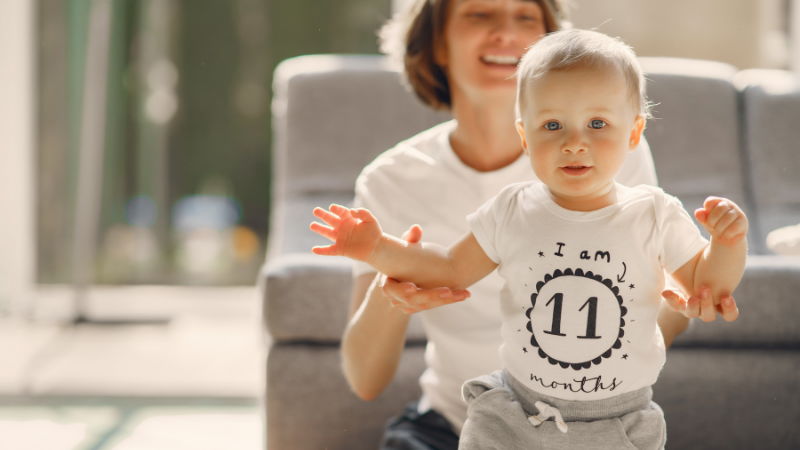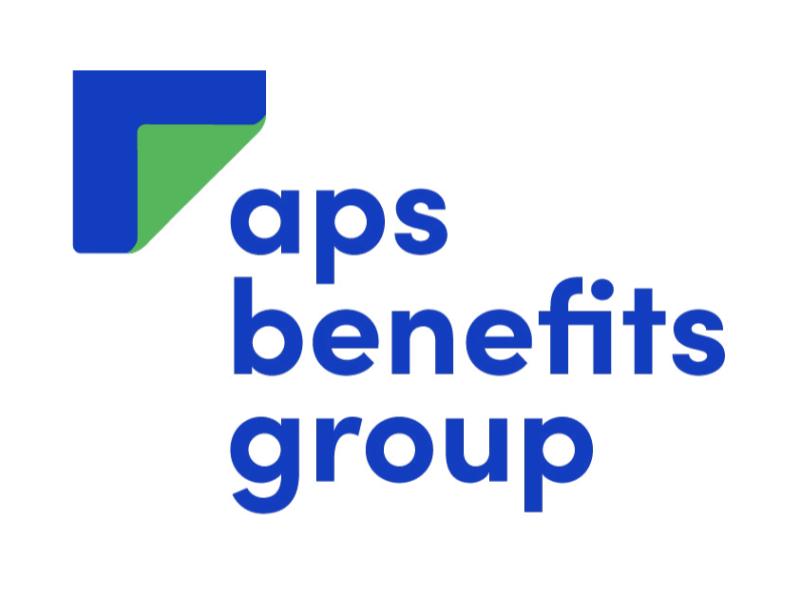
Despite government subsidies, the cost of child care in Australia continues to rise above inflation and is becoming unaffordable for many Australian families. It is leading to a trend of parents deciding not to have more children and delaying their return to the workforce.
The real cost of raising children
According to recent research published by the Australian Institute of Family Studies, the total cost of raising a young child can range from $140 per week ($7,280 annually) for unemployed families (receiving social security benefits), and $170 per week ($8,840 annually) for low-paid families (receiving minimum wage).
And, when considering the inclusion of an additional child, the total cost can increase to $280 per week ($14,560 annually) and $340 per week ($17,680 annually), respectively.
The costs factored into these estimates include food, clothing and footwear, household goods and services, transport, health, personal care, recreation, education, and housing.
Changes to the Child Care Subsidy
The Australian Government has introduced new changes to the Child Care Subsidy, commencing 7 March 2022.
Currently, support is provided to families who require assistance, and this is determined based on combined family income. An annual subsidisation cap (per child) exists where a household’s combined family income exceeds an income threshold. For the 2021-22 financial year, the cap is $10,655, and the threshold is $190,015, however, from 10 December 2021, the annual cap is removed for all families who receive the Child Care Subsidy.
From 7 March 2022, families with children aged five or under in care will get a higher subsidy for their second child and younger children. Families will need to earn less than $354,305 and have more than one child aged 5 or under in child care to be eligible.
If these changes apply to your family, your Child Care Subsidy will automatically increase in March. To learn more about Child Care Subsidy Changes, click here.
